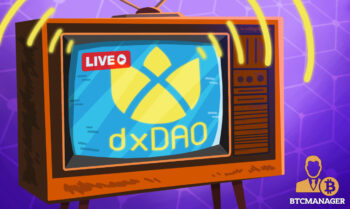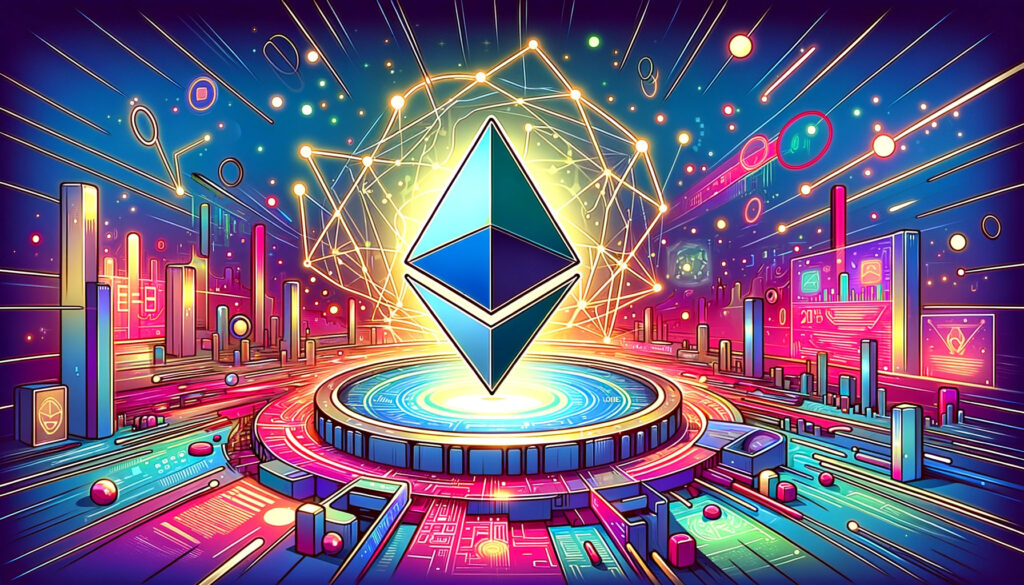
2022-12-5 05:00 |
Bitcoin’s consensus mechanism ensures that work needs to be done in order for transactions to confirm and secures bitcoin in the fairest manner.
This is an opinion editorial by Pierre Gildenhuys, the co-founder of a Hong Kong-based social environment tech startup.
Proof-of-work is the consensus mechanism that the Bitcoin protocol uses. On a fundamental level, this means that work has to be done to prove the transactions that have transpired on the network are valid.
Proof-of-work functions with specialized “computers” known as application-specific integrated circuits (ASICs), which input transaction data, information from the previous block hearer and a nonce (random number) to guess the result of hash functions. Hash functions are one-directional mathematical equations, so it is impossible to figure out a resulting output from a publicly visible input other than through rapid guessing as these ASICs do. “Miners” are the people who operate these machines, and they want to increase the number of hashes (or guesses) per second that their devices can produce, and they want to find the cheapest and most reliable source of energy so that this mining becomes profitable for them to pay off the cost of their machines and to make an income to cover their other expenses. Despite this, it is an incredibly competitive industry as a result of Bitcoin’s difficulty adjustment: depending on how many hashes per second are mining on the network, the complexity and difficulty of the hash function will increase or decrease accordingly so that it takes an average of 10 minutes for each new block to be found across the global network.
Blocks are a collection of the transactional data that has to be transmitted and are added to a chain of all of the previous blocks on the network and will only be transmitted and added to this “blockchain” when the answer to the hash function is found. Miners are rewarded for doing this by receiving transaction fees that are paid by users as well as earning a block subsidy which began as 50 bitcoin, but halves every 210,000 blocks — approximately every four years. (The current block subsidy is 6.25 bitcoin per block.) The Bitcoin protocol has a maximum issuance of 21 million bitcoin, meaning the block subsidy will run out around the year 2140, and all mining rewards will be paid by transaction fees.
The fundamental importance of proof-of-work:
There is a real-world cost to producing bitcoin. There is a real-world cost to defending the integrity and accuracy of Bitcoin.Bitcoin has “unforgeable costliness,” meaning that it would only be possible to make fake bitcoin or fraudulent bitcoin transactions through redoing all of the costly proof-of-work that came before it, at a rate that outpaces all of the ongoing proof-of-work on the network.It has already become too costly and unfeasible to gain the 51% needed for any individuals, nation-states or organizations to take control of the network for their benefit and maliciously change the transaction history.
This is contrasted by proof-of-stake which serves as the consensus mechanism for many altcoins, digital penny stocks and the other Ponzi schemes being marketed as alternatives to bitcoin.
Proof-of-stake works through “staking” or more simply put, locking the tokens of that protocol so that they cannot be spent. The number of tokens staked represents your chance of validating a block of transactions. The more tokens staked, the higher the chances of validating a transaction and thus the more frequently you would be rewarded.
Bearing this in mind, most altcoins were issued to insiders and the development teams before they became publicly available — so major quantities of those tokens were already owned before outsiders could even start acquiring or staking them.
According to a study by Sam Callahan, Ethereum had an officially admitted premine of around 20% — which is among the lowest of all altcoins — meaning that those insiders only had to acquire an additional 31% since public launch in order to change the protocol in whichever way that benefited them. While Bitcoin has a provable 0% premine, the number of bitcoin owned by any individual or group cannot change the protocol in any way, again unlike altcoins. The only way to change the Bitcoin protocol is through true consensus of 51% of work done for the network, which has historically proved incredibly difficult to achieve and thus leaves the virtues of Bitcoin untouched, unless changes prove beneficial for everyone in the network. Research into the “Blocksize War” is a good way to understand this.
The implications of proof-of-stake:
Proof-of-stake has no real-world cost of production. A majority 51% stake is easily acquired by wealthy individuals, nations and organizations so they can change the rules of the protocol to benefit themselves.The defense of proof-of-stake tokens relies purely on the trust in everyone with enough capital or enough tokens to not change the protocol.Proof-of-work is a good use of energy as it secures a global monetary network in a way where no one can change the rules or produce more tokens to inflate the supply, meaning that it becomes a financially suitable money to hold for a long period of time. Proof-of-stake is not an adequate replacement to proof-of-work because it doesn’t solve the issue of intervention from malicious parties anywhere in the world at any time.
Blockchain is not a new development, and financial payment rails can be developed which are much faster than any platform that uses a blockchain. Blockchains distribute total information about transactions to thousands of computers globally, thus making it slower than simply distributing balances from a centralized system. The only reason Bitcoin makes use of a blockchain is because it needs to be truly decentralized. And with the help of proof-of-work, it is provably decentralized, however, since the decentralization of proof-of-stake chains cannot be ensured, using proof-of-stake altcoins essentially places your trust in a centralized platform which could have malicious intents and thus making it irrelevant to use a proof-of-stake system, when more efficient centralized systems such as PayPal, Cash App or other digital payments platforms exist.
If you are comfortable with the risk that your funds can be stopped, censored or confiscated from you at any time for any reason — or more pertinently, that the platform can be revealed to be fraudulent or insolvent — then make use of centralized systems such as the legacy financial system or digital payments applications. However, using proof-of-stake cryptocurrencies, which are most often centralized Ponzi schemes that enrich its founders, is wasteful as they are pointless and simply take up storage space that could be used for more important data storage for the future.
I will stick to Bitcoin which is secure, immutable, unseizable and decentralized with no single point of failure. Bitcoin is money with a finite issuance, so the value of a bitcoin cannot be stolen through the unnecessary inflation of the supply — as has happened to every fiat currency and to most altcoins.
This is a guest post by Pierre Gildenhuys. Opinions expressed are entirely their own and do not necessarily reflect those of BTC Inc or Bitcoin Magazine.
origin »Bitcoin (BTC) на Currencies.ru
|
|























